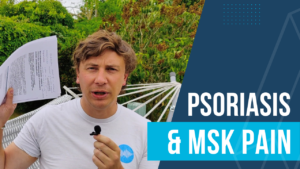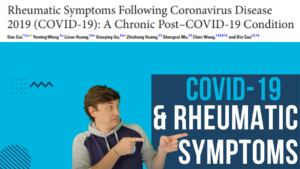Intro
Hypermobility is common in Physio clinics the world over, over a series of blogs I hope to convey my current understanding of the factors at play with regards to diagnosis and management of these individuals. I would like to take this opportunity to say this is MY synthesis of available evidence and experience of working with these individuals. I am perfectly happy to be challenged and corrected as I feel I have a lot to learn about this highly complex group!
This blog will outline when we observe joints which have excess mobility.
PLEASE REMEMBER – THIS BLOG IS NOT A REPLACEMENT FOR CLINICAL REASONING, IF YOU ARE UNSURE GET ADVICE
Hypermobility
Hypermobility is an observation not a diagnosis, it is also not synonymous with “instability” and it is important that as physios we understand this so we are able to effectively communicate this difference to patients.
The definition of hypermobility is (note remember “normal” has a huge variance):
“Joint hypermobility (JH) is the term universally accepted to define the capability that a joint (or a group of joints) has to move, passively and/or actively, beyond normal limits along physiological axes”1
Hypermobility as an observation can be classified in 2 main ways, distribution and pathophysiology.
The easiest to define is distribution. Usually when hypermobility is observed at a single or only a few joints then it is “localised hypermobility” this includes conditions such as Genu Recurvatum and may be bilateral. When there is hypermobility observable in multiple locations (and in theory) all 4 limbs and the axial skeleton the term “generalised hypermobility” is more applicable. It is possible to have hypermobility in all 4 limbs if the hands and feet are the only areas affected “peripheral joint hypermobility” is a term that could be used in this circumstance.
The pathophysiology of an individual’s hypermobility requires a detailed history. It can of course indicate an underlying systemic pathology but it can also be acquired following, surgery, injury (trauma), joint disease or training.

Instability
Joint instability is the increased risk of dislocation or subluxation, while this can of course be caused by hypermobility the two can exist in isolation. Other causes of joint instability include trauma, acquired or congenital joint abnormality, muscle or neurological disorders.
Remember, these are observations and/or descriptors, they are NOT a diagnosis.
Practice as a physio for any period of time and you will see circumstances of asymptomatic hypermobility and instability. These findings alone are not sufficient to cause problems (usually pain) and in some circumstances are advantageous. Just go watch the gymnasts in the Olympics…!
It quickly becomes clear that an individual presenting with joint pains or other symptoms alongside hypermobility of joints is a complex picture prior even to consideration of there being a systemic issue at play. It is also easy to see how confusing it can become for not only the individuals affected but the clinicians aiming to help them manage their symptoms. There will be overlap with many presenting to healthcare with trauma on top of pre-existing hypermobility or all manner of other presentations.
I believe we do a disservice to individuals to not consider all these factors sufficiently prior to “diagnosing” or attributing specific complaints to these observations and I suspect in most cases a multidisciplinary approach would be necessary to fully grasp the implications for the individual.
Subsequent blogs in this series will look at the systemic features of “hypermobility syndromes”, different syndromes that may present and management. Please feel free to ask questions or point me in the direction of further information!
As usual thanks for reading and I hope that you find this useful.
Great resources are the following paper and the https://hypermobility.org website.
Castori, M., Tinkle, B., Levy, H., Grahame, R., Malfait, F. and Hakim, A., 2017, March. A framework for the classification of joint hypermobility and related conditions. In American Journal of Medical Genetics Part C: Seminars in Medical Genetics(Vol. 175, No. 1, pp. 148-157).


